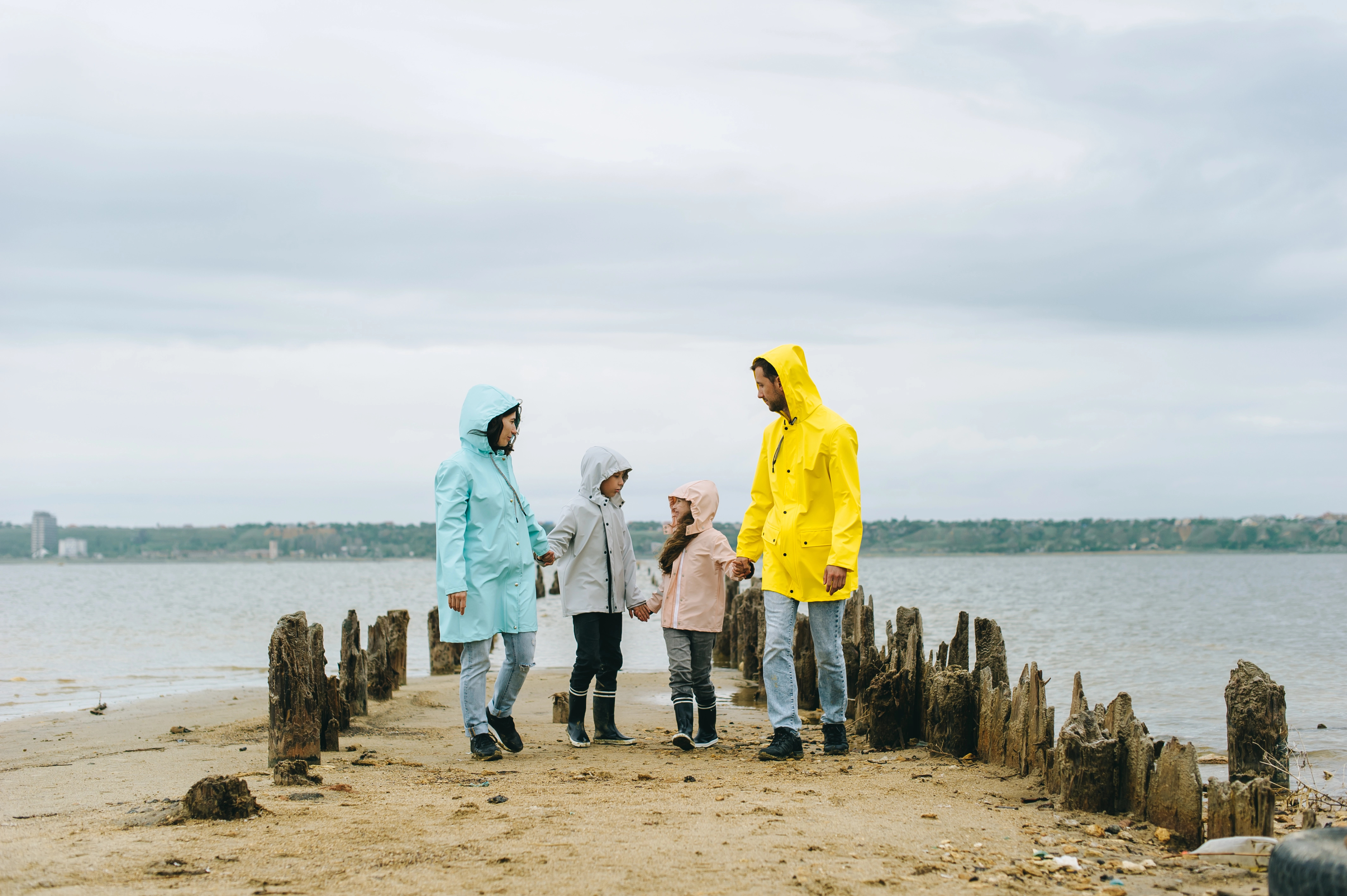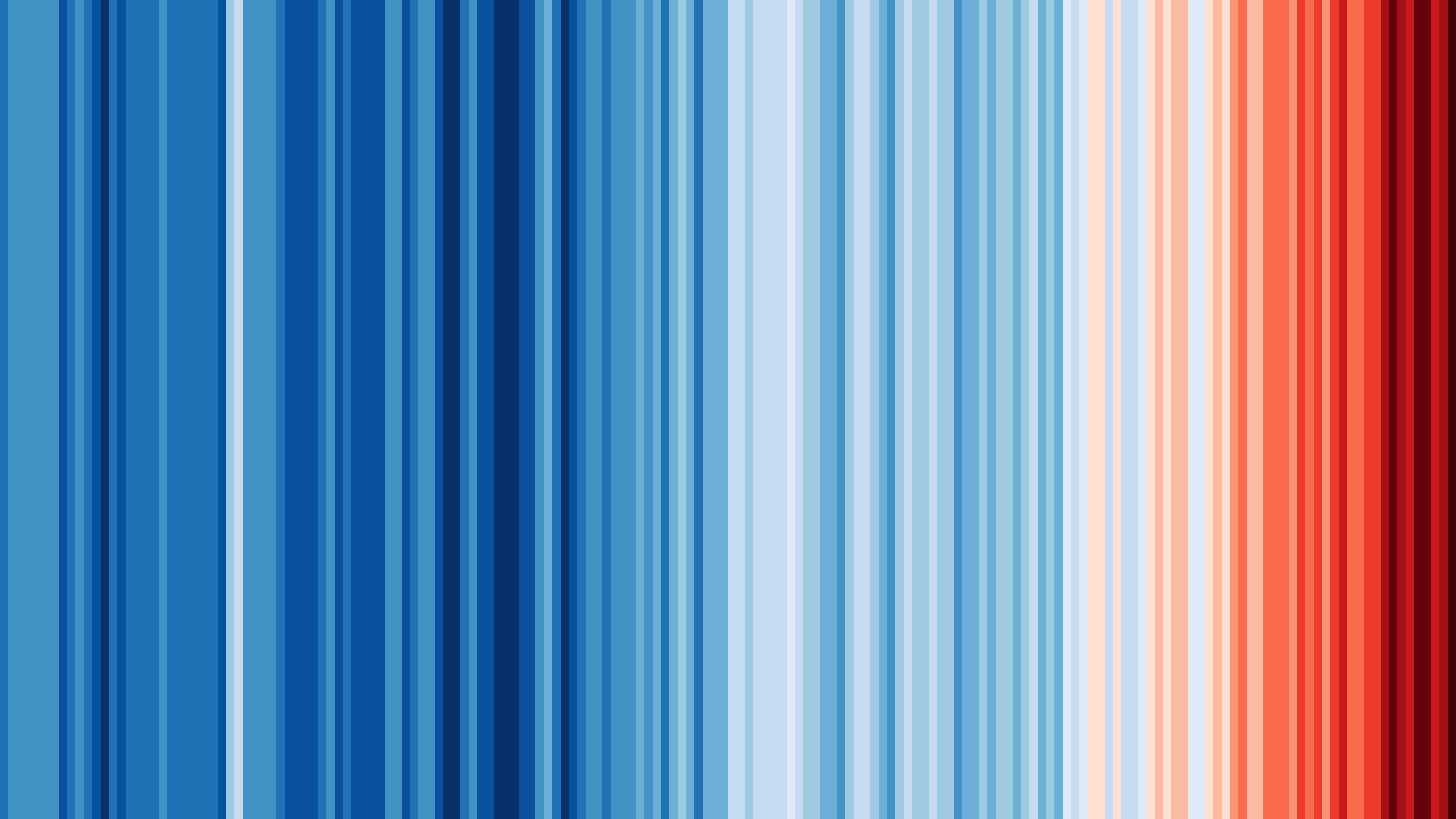

Wildfires across the Globe
Although there are natural causes of wildfires, such as lightning strikes, most of them are started by people. Because of high temperatures and dry conditions, they rapidly grow out of control. So far, this year has been exceptional in a number of locations across the world.
Wildfires in the Arctic this year have been unusually intense, despite being common in the northern hemisphere between May and October. Indeed, Arctic wildfires emitted as much CO2 in both the months of June and July as Sweden does in a year (50 megatonnes and 70 megatonnes, respectively) far exceeding the previous record for the Arctic. Most have occurred in the US state of Alaska and the Russian region of Siberia. Siberia was almost 10 °C higher in June than the long-term average, while Alaska had its second-warmest June on record. Wildfires continued in July and August, with a cloud of smoke and soot affecting an 5 million square kilometre area of Siberia. Wildfires in the Arctic help to amplify global warming by coating the reflective white snow in a layer of black soot that absorbs sunlight, while also increasing the risk that the permafrost layer could thaw and release methane into the atmosphere.
Fires are also raging across the world’s largest tropical rainforest as farmers, land-grabbers and loggers torch trees and clear land for crops or grazing. There have been more than 72,000 fire outbreaks in Brazil so far this year and more than half of these were in the Amazon. However, since an average of two-thirds of the year’s fires happen from September onward, what happens in the Amazon after August is of utmost importance. The amazon rainforest is the largest in the world and absorbs billions of tonnes of CO2 every year, slowing the pace of global warming.
In the US, a fast-moving wildfire that broke out on 23 August in northern California, forcing the evacuation of nearly 4,000 residents. The fire burned across at least 600 acres within just a few hours. Last year, California was hit by some of the deadliest and most destructive wildfires in a century, and last November saw the deadliest wildfire in its history, which killed 85 and burned the town of Paradise to the ground. Officials are bracing for an even worse fire season this year.
Much of Australia also faces a higher than average bushfire threat this year because of warm, dry conditions, and low rainfall.
Closer to home, Spain and the Canary Islands suffered numerous fires this summer, propelled by high temperatures, strong winds and low humidity. Firefighters in Catalonia battled one of the biggest wildfires in 20 years on 28 June. The fires burned across 6,500 hectares of land. Huge fires broke out on Gran Canaria on 11 and 18 August. Thousands of people were evacuated as the flames burned though large swathes of forest. Indeed, it’s not just southern Europe that can expect serious forest fires - the UK, with Sweden, Latvia and Germany, is now regarded as a high-risk area for forest fires. Observations show that more intense wildfires are happening over a longer period across Europe.
In addition to the impact of deforestation, land-use changes and human actions, rising global temperatures and extreme weather events (such as droughts and heatwaves) - which are increasing due to anthropogenic climate change - are expected to exacerbate wildfires across the Globe by creating 'tinderbox' conditions. This means that, once ignited, a fire can spread very quickly over large areas of land.




